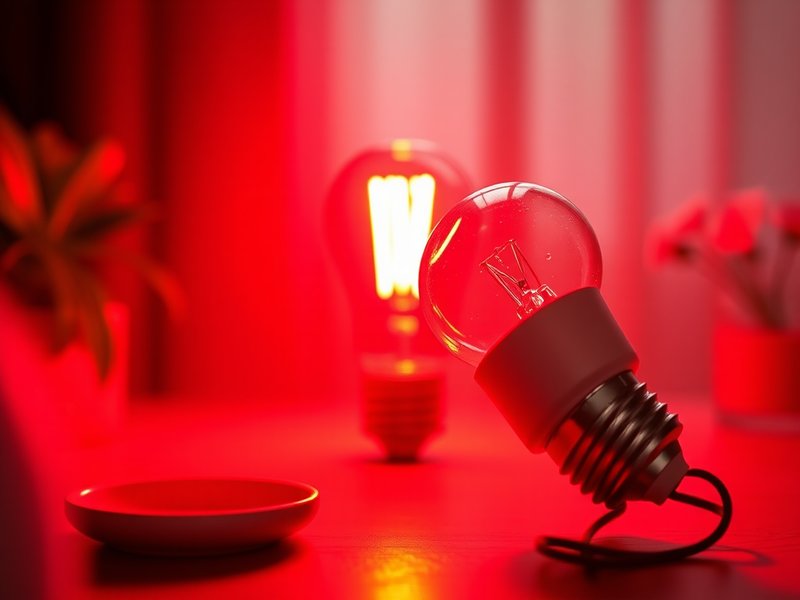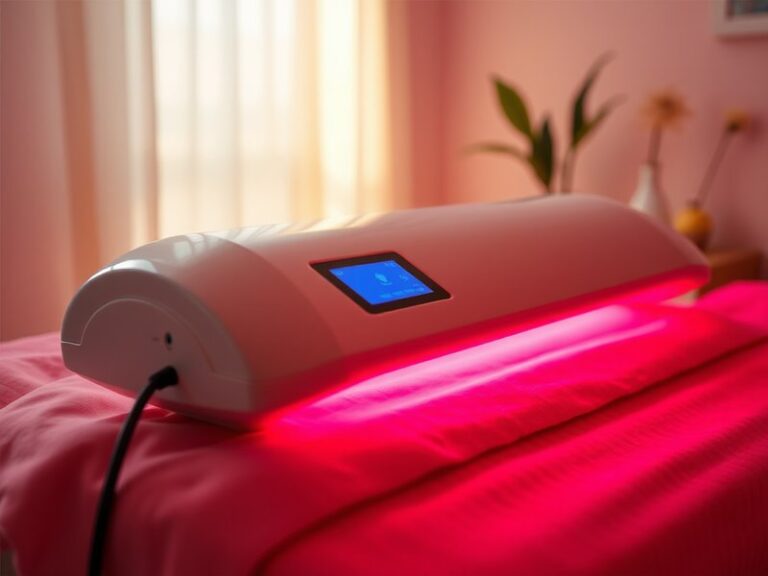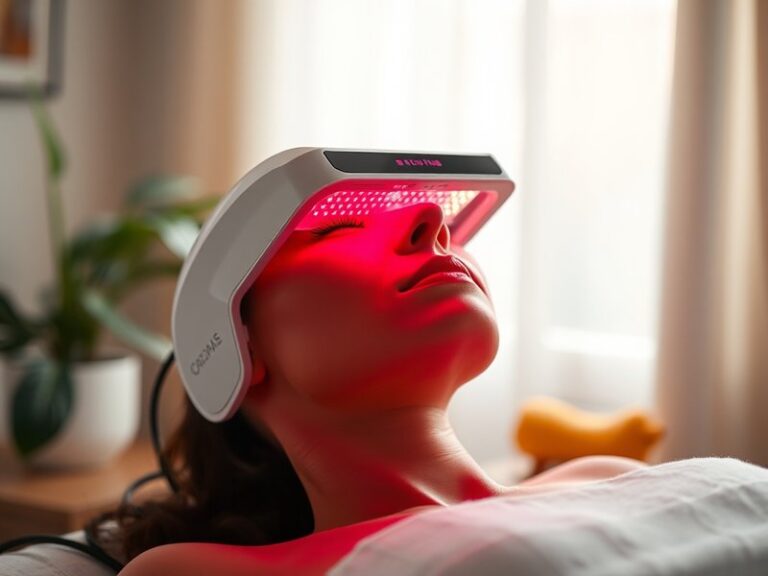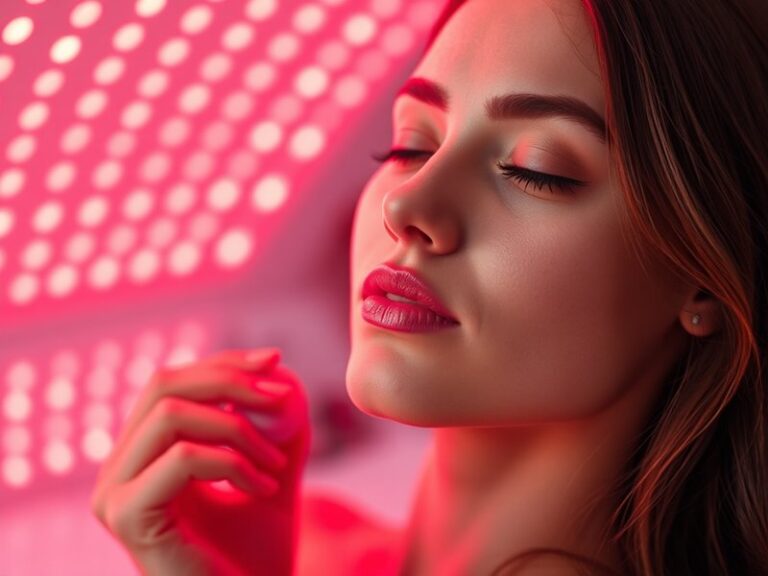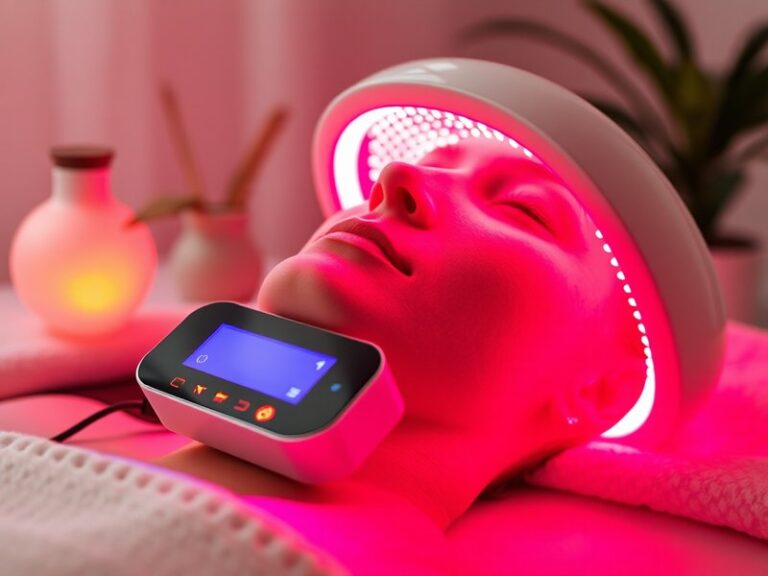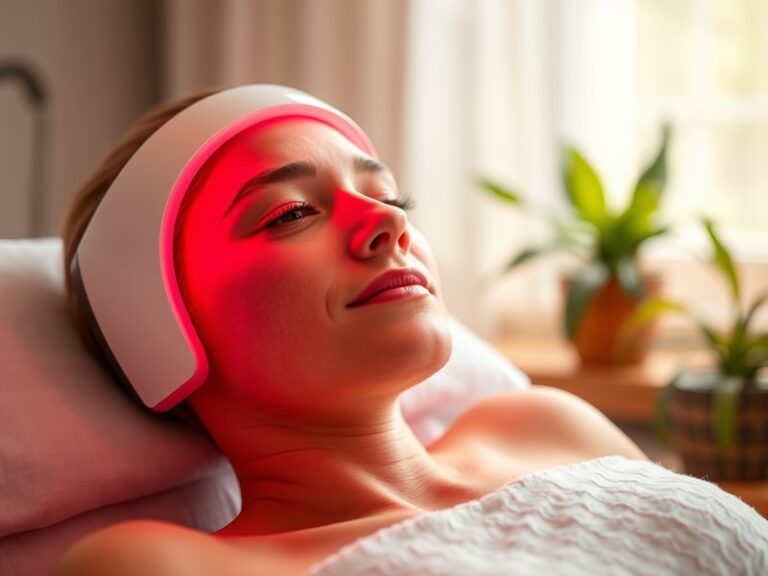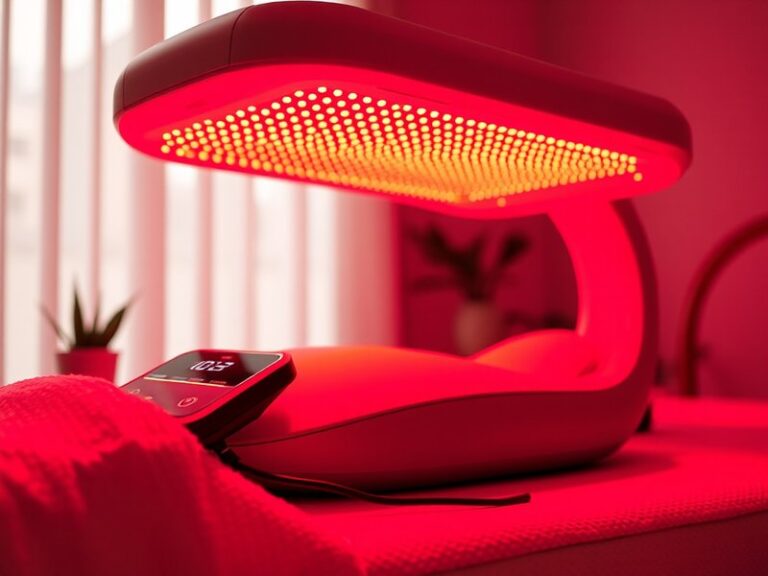Do You Need Special Bulbs For Red Light Therapy?
Do You Need Special Bulbs For Red Light Therapy?
Is investing in specialized bulbs worth it for effective red light therapy at home?
Red light therapy has gained popularity for its potential health benefits, from skin rejuvenation to pain reduction. However, many people wonder if they need to use special bulbs specifically designed for this therapy. This article will explore the details of red light therapy, the benefits of using specialized bulbs, and considerations to keep in mind before proceeding.
Key Takeaways
- Specialized bulbs for red light therapy can enhance effectiveness and safety.
- The type of light emitted significantly impacts the therapy’s outcomes.
- Alternatives exist, but specialized bulbs may provide more targeted benefits.
What is Red Light Therapy?
Red light therapy (RLT) is a treatment that exposes the body to low levels of red and near-infrared light. It has been studied for various applications, from wound healing and reducing inflammation to improving skin texture and reducing chronic pain.
This form of therapy works by stimulating cellular processes that generate energy and speed up recovery. Commonly known as photobiomodulation, it helps promote various biological responses through light absorption by mitochondrial chromophores, which enhances ATP production—our cells’ energy currency.
Types of Red Light Therapy Bulbs
- LED Bulbs: Most common for home use, they are energy-efficient and can precisely target wavelengths.
- Low-Level Laser Therapy (LLLT): These devices often emit lower light intensity, making them suitable for medical applications.
- Incandescent Lights: Less efficient than LEDs, they may not produce the specific wavelengths needed for effective therapy.
What are the Benefits of Using Special Bulbs for Red Light Therapy?
Specialized bulbs can significantly enhance the effectiveness of red light therapy. Here are some key benefits:
Optimized Wavelengths
Specialized bulbs are designed to emit light within the optimal therapeutic range, typically between 600-650 nm for red light and 800-850 nm for near-infrared light. This precision ensures that the light penetrates the skin effectively and stimulates cellular activity.
Energy Efficiency
LED bulbs consume less power compared to traditional incandescent or halogen bulbs, which can lead to substantial savings on electricity bills over time. Moreover, their lifespan is significantly longer, making them a cost-effective investment in the long run.
Targeted Treatment
Specialized bulbs often come in devices that provide coverage for specific areas or conditions, such as pain relief or skin treatments. This focused approach can enhance the therapy’s overall effectiveness and convenience.
Improved Safety
Many specialized bulbs are designed with safety features that minimize the risk of overheating or skin damage. They often produce less heat, making them safer for prolonged use.
Is it Possible to Use Regular Bulbs Instead?
While technically possible, using regular bulbs is not advisable for effective red light therapy. Regular bulbs may lack the necessary wavelengths and intensity required for achieving therapeutic benefits, potentially leading to ineffective treatments.
Get informed with Red Light Therapy Duration
What are the Advantages of Using Regular Bulbs?
- Cost-Effective: Regular bulbs are often cheaper to purchase initially.
- Availability: Common bulbs are readily available and can be found in most stores.
What are the Disadvantages of Using Regular Bulbs?
- Insufficient Wavelengths: Most standard bulbs do not emit the specific wavelengths needed for RLT.
- Lower Efficiency: Regular bulbs may not provide the same energy output as specialized bulbs, making the therapy less effective.
- Increased Heat: These bulbs can generate more heat, leading to discomfort and potential skin burns.
What are the Things to Consider Before Choosing Bulbs for Red Light Therapy?
Considering numerous factors can help you select the right bulbs for your therapy needs.
Understand Your Goals
Determine what you aim to achieve with red light therapy—whether it’s skin health, pain relief, or muscle recovery. Different goals may require different types of bulbs or devices.
Research Brands and Products
Not all bulbs are created equal. Research reputable brands that offer specialized red light therapy products with verified efficacy.
Consult a Professional
If you’re unsure about which therapy route to take, consulting with a healthcare provider or a professional in the field of red light therapy can offer personalized recommendations based on your needs.
Evaluate Your Budget
Factor in both the upfront costs of purchasing specialized bulbs and potential long-term savings on energy and maintenance.
See the whole article How often should you do red light therapy?
What are the Alternatives to Using Specialized Bulbs?
If specialized bulbs aren’t an option for you, consider these alternative methods for red light therapy.
Sunlight Exposure
Natural sunlight is a source of red and infrared light but requires caution regarding UV exposure. Limitations include weather conditions and variability in intensity.
Massage and Physical Therapy
Complementing traditional therapies like massage and physiotherapy with red light treatments can enhance results. These methods may not deliver the same direct effects as specialized bulbs, but they can support recovery and pain management.
Topical Treatments
Certain creams and serums combine light-absorbing ingredients with other active compounds. While this doesn’t replicate RLT, it can still provide skin benefits when combined with routine care.
Conclusion: Is it Recommended to Use Specialized Bulbs for Red Light Therapy?
Investing in specialized bulbs for red light therapy is generally recommended for those seeking effective and targeted treatment. While alternatives exist, such as sunlight exposure and other therapeutic methods, specialized bulbs ensure the optimal wavelengths and intensity necessary for achieving the best results.
Frequently Asked Questions
Do all red light therapy devices use the same bulbs?
No, different devices utilize various types of bulbs, with some designed specifically to emit optimal wavelengths for red light therapy. It’s essential to choose devices from reputable manufacturers to ensure efficacy.
Can I use red light therapy every day?
Most individuals can safely use red light therapy daily; however, it’s best to follow the manufacturer’s instructions or consult a healthcare professional for personalized advice based on specific conditions.
Is red light therapy safe for all skin types?
Generally, red light therapy is safe for most skin types. However, individuals with specific conditions or sensitivities should consult a healthcare provider before treatment.
How long should each red light therapy session last?
Treatment times can range from 5 to 20 minutes, depending on the device and specific goals. Always refer to the manufacturer’s guidelines for best practices.
What should I look for in a red light therapy bulb or device?
Look for the wavelength specifications, energy output, safety features, and user reviews to ensure you’re investing in a quality therapy device. Understanding these criteria can help you make an informed decision.
